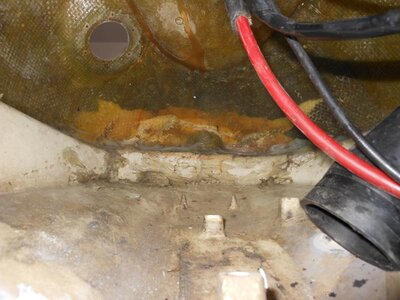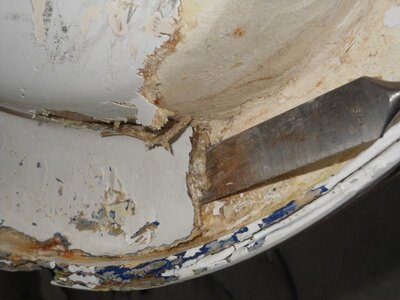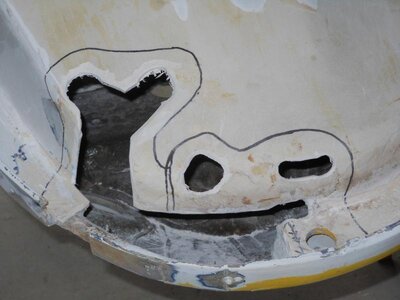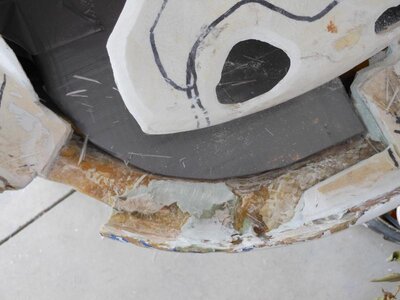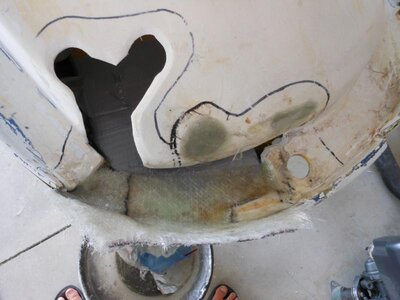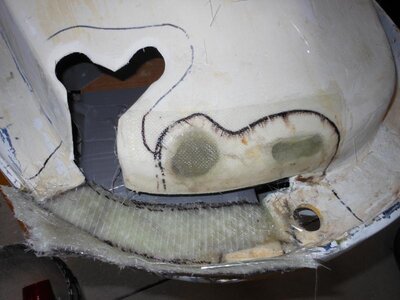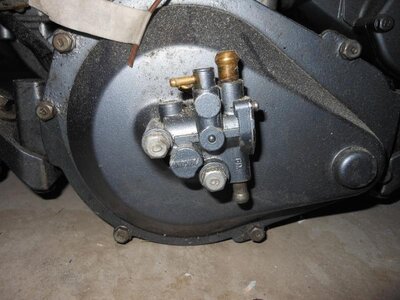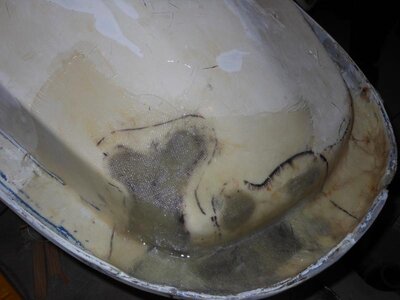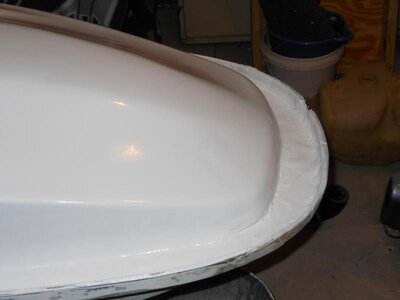- Location
- Albany, NY
Hello X-h20!
I have been lurking on the site grabbing ideas from others' builds and decided to add my own. Last summer I picked up a near perfect SN, and only rode it (in the background). This Summer, I grabbed a RN that looked like it might need some finish work, but I ended up getting in deeper than I thought. I have never done any fiberglass work, or worked with 2 stroke engines. So, please comment and recommend- I need all the help I can get!
These are the obligatory start pics. Yep, like most others, i peeled a sticker and a huge sheet of paint ripped off the hood. So, I didn't stop there, just kept on going...
It's amazing how fast 3 layers of paint will come off with a heat gun and a razor blade. The boat was originally white, then painted blue, then painted yellow!
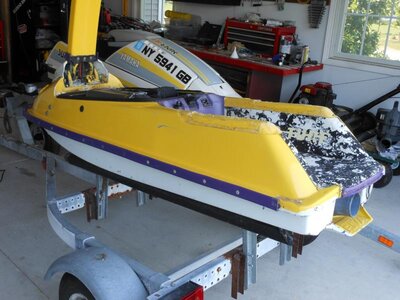
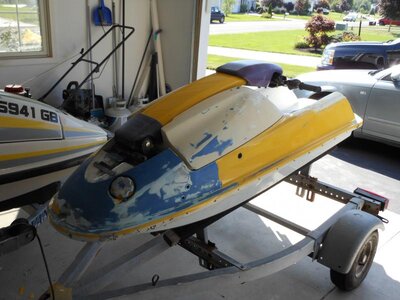


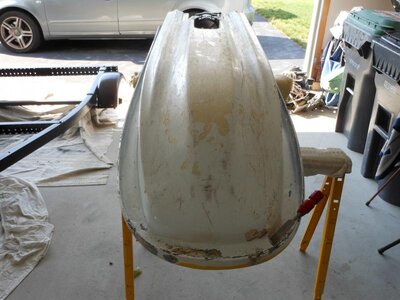
I have been lurking on the site grabbing ideas from others' builds and decided to add my own. Last summer I picked up a near perfect SN, and only rode it (in the background). This Summer, I grabbed a RN that looked like it might need some finish work, but I ended up getting in deeper than I thought. I have never done any fiberglass work, or worked with 2 stroke engines. So, please comment and recommend- I need all the help I can get!
These are the obligatory start pics. Yep, like most others, i peeled a sticker and a huge sheet of paint ripped off the hood. So, I didn't stop there, just kept on going...
It's amazing how fast 3 layers of paint will come off with a heat gun and a razor blade. The boat was originally white, then painted blue, then painted yellow!






